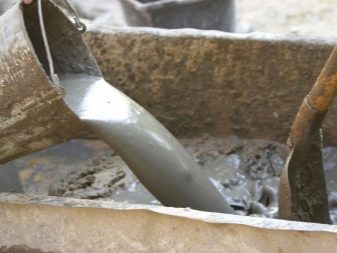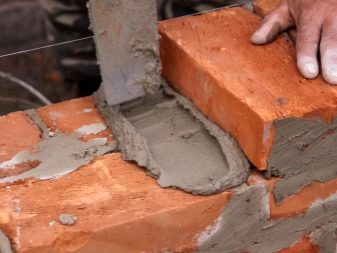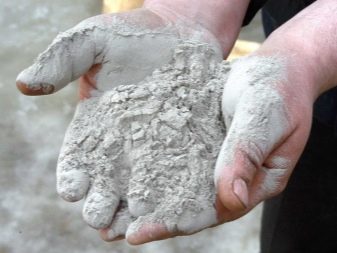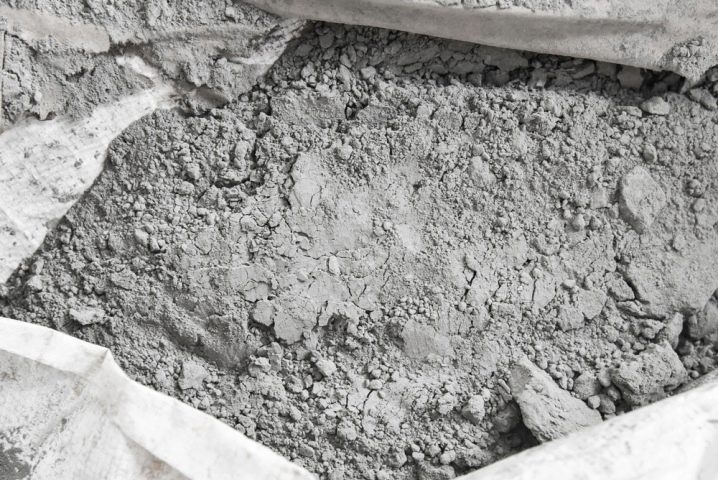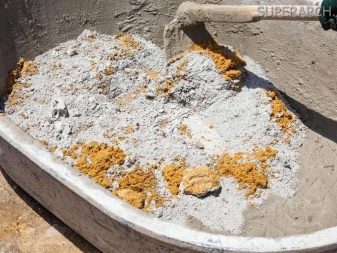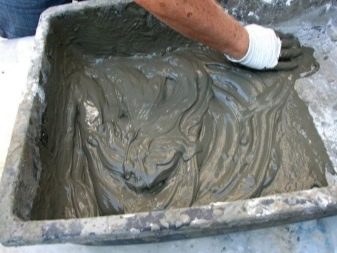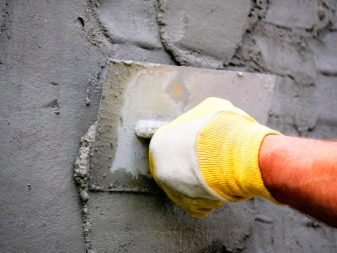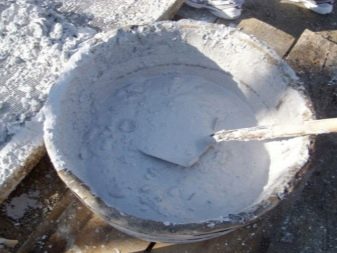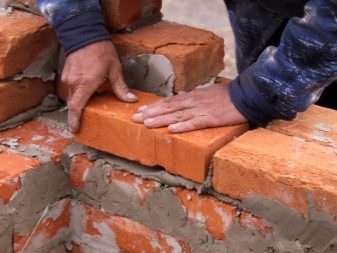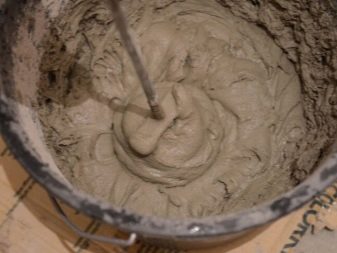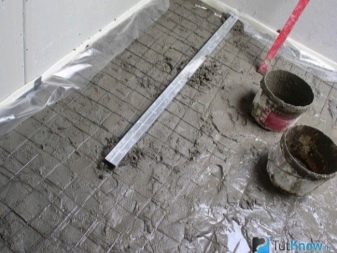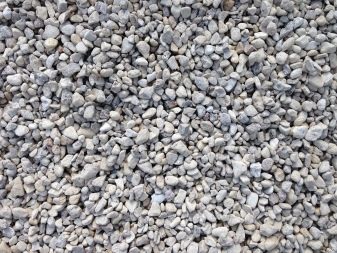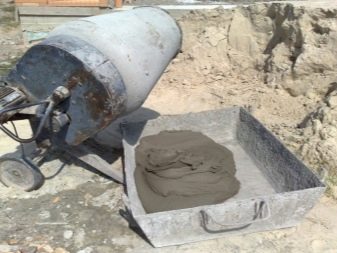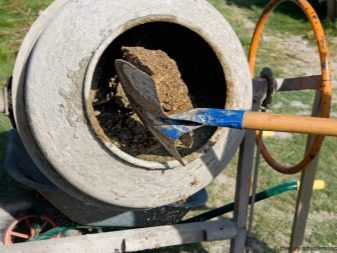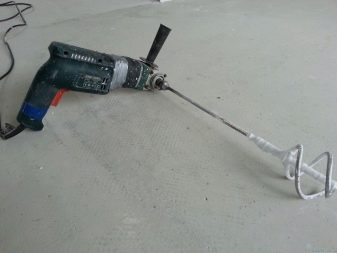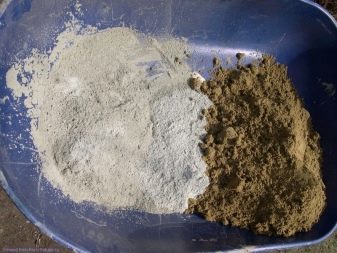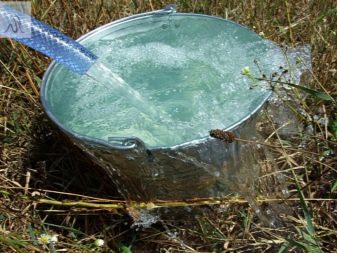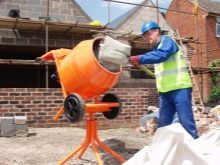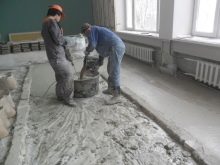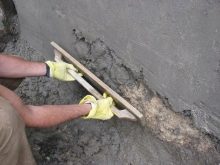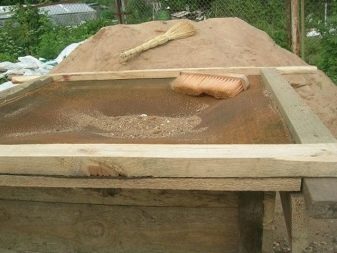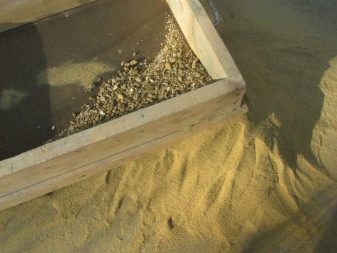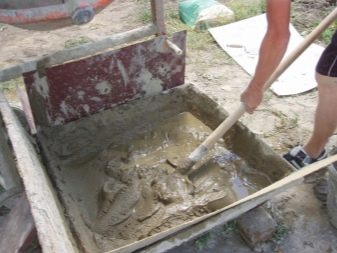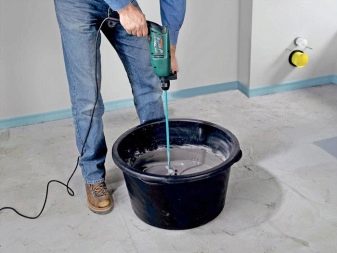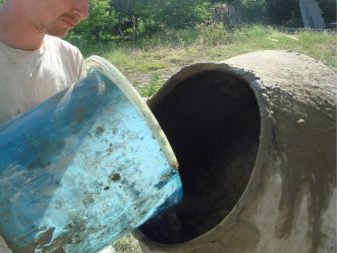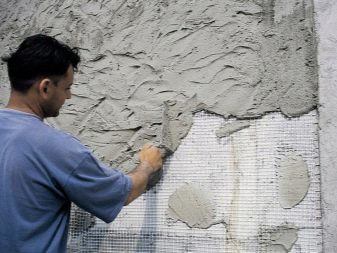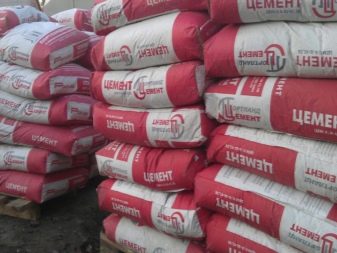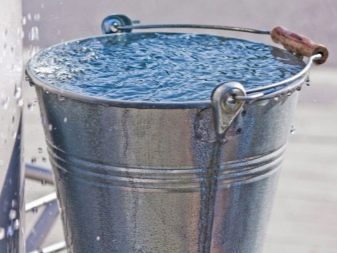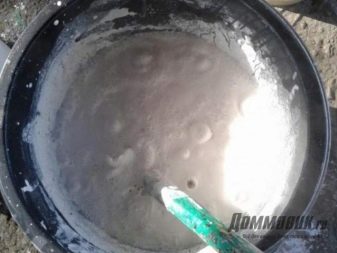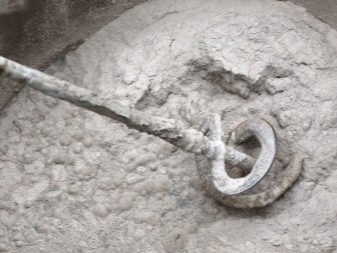How to dilute cement?
For those who faced construction and repair work, at least once the question arose how to prepare cement, as it is one of the most common bases used in construction and repair work. Often, when mixing the solution, the builders do not observe the proportions of the mixture preparation required by the standards, which affects the final result: the structure thus constructed becomes unusable over time. In this regard, the following is considered the correct technique of dilution of cement, after which you can get a quality solution for future construction.
Special features
Cement has long acquired the status of the most demanded material that is used for construction.With it, get the concrete used for the foundations of future structures. Cement composition is the main binder for concrete mix.
Cement itself is an astringent mineral powder that, when combined with water, becomes a viscous mass of grayish color and eventually hardens in the open air.
Powder is made by grinding clinker and further adding minerals and gypsum. Thickened cement may be adversely affected by aggressive media and plain water. To improve the performance of the cement composition add hydro-active material that prevents the penetration of salts. Corrosion resistance is increased by adding to the initial composition of the raw material - a special polymer additive, which significantly reduces porosity and prevents adverse physical and chemical effects on the environment.
All kinds of cement formulations absorb a different amount of water. The grain of the material has a fairly high density, exceeding three times the density of water. As a result, when adding a large amount of water, some of the cement will not dissolve, but will be on the surface of the prepared solution.Therefore, the material will settle, and the top of the structure of the resulting cement mortar will turn out to be an unstable and cracked structure.
The cost of the material depends on the quality of its grinding: the finer the cement components, the more people will pay for it. This is directly related to the setting speed: the composition with fine grinding hardens much more rapidly than coarsely ground cement.
To determine the grain composition, the material is sieved through a sieve with cells less than 80 microns. With a quality cement composition, the largest part of the mixture is sifted. But it should not be forgotten that fine grinding is more qualitative, but in the future it will require a larger volume of water. Therefore, it is recommended to give preference to the composition, which has both small particles (up to 40 microns) and large particles (up to 80 microns). In this situation, the cement mixture will have all the necessary and acceptable properties.
The possibility of thawing and freezing is one of the main characteristics of the cement mixture. Water in the porous portions of the cement structure expands at a low temperature in a volume of up to 8%. When duplicating this process, the concrete cracks, which contributes to the destruction of the constructed structures.
In this regard, in the construction work cement is not used in its pure form.Wood peck, sodium abietat and other mineral additives will help increase the life and enhance the stability of the concrete.
Recipes
Before you make a cement base, you need to determine for what purpose it is needed. Each mixture requires certain ratios. Below are the most common options for the preparation of cement mixtures.
- For plastering walls. To obtain this type of mixture, it is required to use the ratio of cement and sand in a ratio of 1: 3. The rate of water is equal to the amount of cement. To obtain the desired consistency of water is added to the dry mixture gradually. If it is necessary to perform construction work inside the premises, preference is given to the brands M150 or M120, and when planning the plastering of the facades - the brand M300.
- Brickwork. In this case, the required ratio of cement and sand in a ratio of 1: 4. Mark M300 and M400 are the best option for this type of construction work. Often this mixture is diluted with hydrated lime, which acts as a binder component. The quantity is calculated for one part of cement and two tenths of hydrated lime.
Thanks to this component, you can get a plastic material, which is quite comfortable and simple to use. The required volume will be clarified in the process of adding before the solution of the required consistency is obtained. It is recommended to obtain a mixture that does not drain from the spatula at an angle of 40 degrees.
- Floor screed. The standard proportion for obtaining such a composition is 1 part of the cement base on 3 parts of sand. For this ideal brand M400. Water in this case is taken in the amount of one second to the already added portion of cement.
For the best screed, you should not pour in the water in full, as it is extremely important that the mixture becomes plastic and stretches well - this will guarantee the filling of all empty sections based on the screed.
- Concrete mix. For the production of concrete, 1 part of cement base, 2 parts of sand and 4 parts of gravel are used. When planning, you can use the resulting concrete mix as the foundation for the future premises. In this case, it is recommended to purchase materials brand M500. The rate of water is equal to one second of the part of the cement base. Water should be used clean and drinking.
Mixing should be done in a concrete mixer. Apply the resulting concrete mixture should be within an hour. For a better composition, add alabaster.
How to breed?
Kneading cement at home is recommended to be carried out in a metal or plastic container. To do this, you will need a shovel, spatulas and a drill with various nozzles. With a large amount of cement preparation (from 1 to 3 cubic meters) it will be more practical to use a concrete mixer. All the necessary tools, materials, and also a place for breeding are prepared long before the start of work.
It is worth remembering that the prepared mixture must be applied immediately after its receipt, then it begins to harden, and its operation is impossible.
Sand must be washed and dried beforehand. Wet fillers are not added in any way - it will break the ratio of water and cement. Compliance testing is defined as follows: a brand with resistance defined at the factory is divided into the number of sand fractions. It is preferable to knead the cement using clean water (it is also allowed to use melt, rain and potable water).In order to give plasticity, you can enter the soap solution, lime, plasticizer, but not to violate the norm: more than 4% of the binding part of the composition.
The sequence for the introduction of materials into the container is determined by the method of mixing. If specialized equipment is not used, sand is sifted into the tank, then cement, and then water is added. With the help of a concrete mixer, water is added first, followed by sand and cement. In any method, the cement base is diluted within 5 minutes. During this period of time the base should become a homogeneous consistency.
Qualitatively diluted mixture remains on the spatula and flows slowly from it, and if it is turned over, there are no lumps or poorly diluted particles in it.
Tips
Sifting sand may seem boring and unnecessary. But if there is a need to get a high-quality and smooth surface, then you should get rid of all sorts of impurities in the sand. For sifting, you need to use a sieve or mesh with small cells.
Another budget option is to drill holes in the bottom of the bucket.using a thin drill bit.For a large amount of sand, you can build a wooden frame on which to stretch the metal mesh. After that, it remains only to place the sand and shake the edges of the frame. The resulting material with fine grains is perfect for cement mix.
To obtain a homogeneous mixture of sand and cement can be kneaded using a special nozzle for a drill or spatula. If necessary, you can mix a larger volume of the mixture - in this case, use a concrete mixer or a wide bath, in which all the components are stirred with a shovel. The budget option is to use a piece of old linoleum as a base for mixing the mortar.
After obtaining a homogeneous solution, the required volume of water is added, which is approximately equal to the amount of the cement mixture. It should be constantly stirred until a homogeneous mass is obtained. It is not necessary to achieve an excessively liquid consistency - the solution should be sufficiently grasped and should not flow when turning the spatula.
The prepared solution is recommended to apply no later than two hours from the moment of its receipt.In this regard, you should plan the time for which the resulting mixture is realized.
When purchasing the finished material, you must be sure that it was prepared just before being sent to the buyer. It is advisable before making a purchase to study all the information about the product, to make sure of what constituents the solution is, and also how to apply it.
All cement mixtures have the same constant components, which include cement, quarry sand, crushed stone and water. Their ratios change due to the viscous element. In other words, the higher the cement grade, the thicker the solution will be. For example, on 1 cub. The cement mixture will be consumed in the following way: M150 grade - 230 kg, M200 grade - 185 kg, M300 grade - 120 kg, M400 grade - 90 kg.
The proportions vary depending on the brand and type of concrete chosen. When hand laying, the mixture can be used by connecting the components in this way: cement grade M300 - one part, sand - three and a half parts, rubble - five parts, water - one second part. Upon completion, the concrete mix will be M50.
It is important that water is used without all kinds of impurities: oils, compounds containing chlorine, residues of other solutions.
Cement with lime is obtained as a result of different proportions. In this case, the place of use plays a significant role. For example, to use a plaster mix in areas of greatest wear, it is recommended to increase the binder.
However, there is a single sequence for solution preparation:
- add clean water to the lime container beforehand;
- combine sand with cement;
- Stir the mixture in the lime fluid.
Knowing the basic knowledge of cement mortar, you can speed up the process of its preparation, as well as to choose the right components.
To learn how to knead cement mortar, see the following video.

